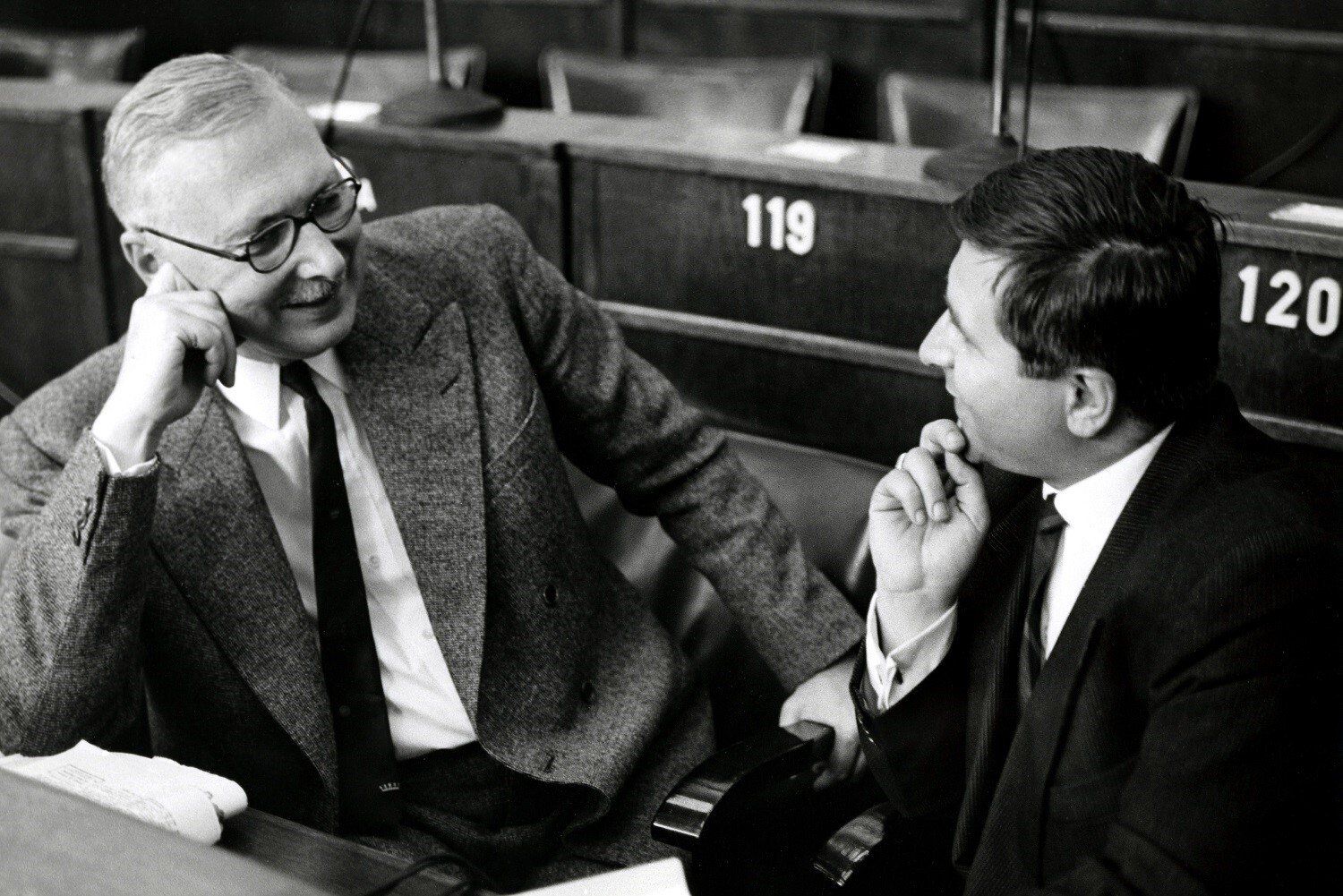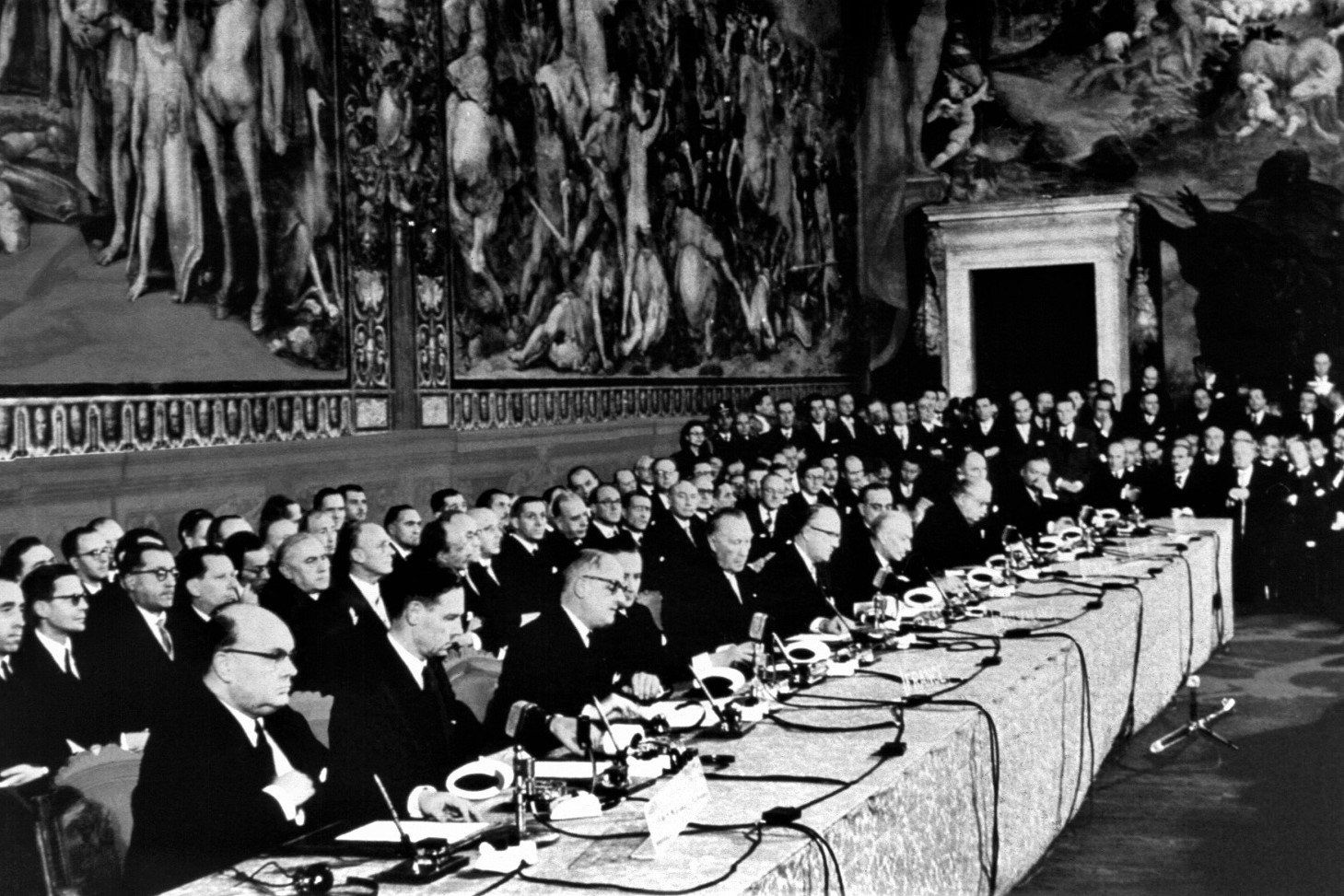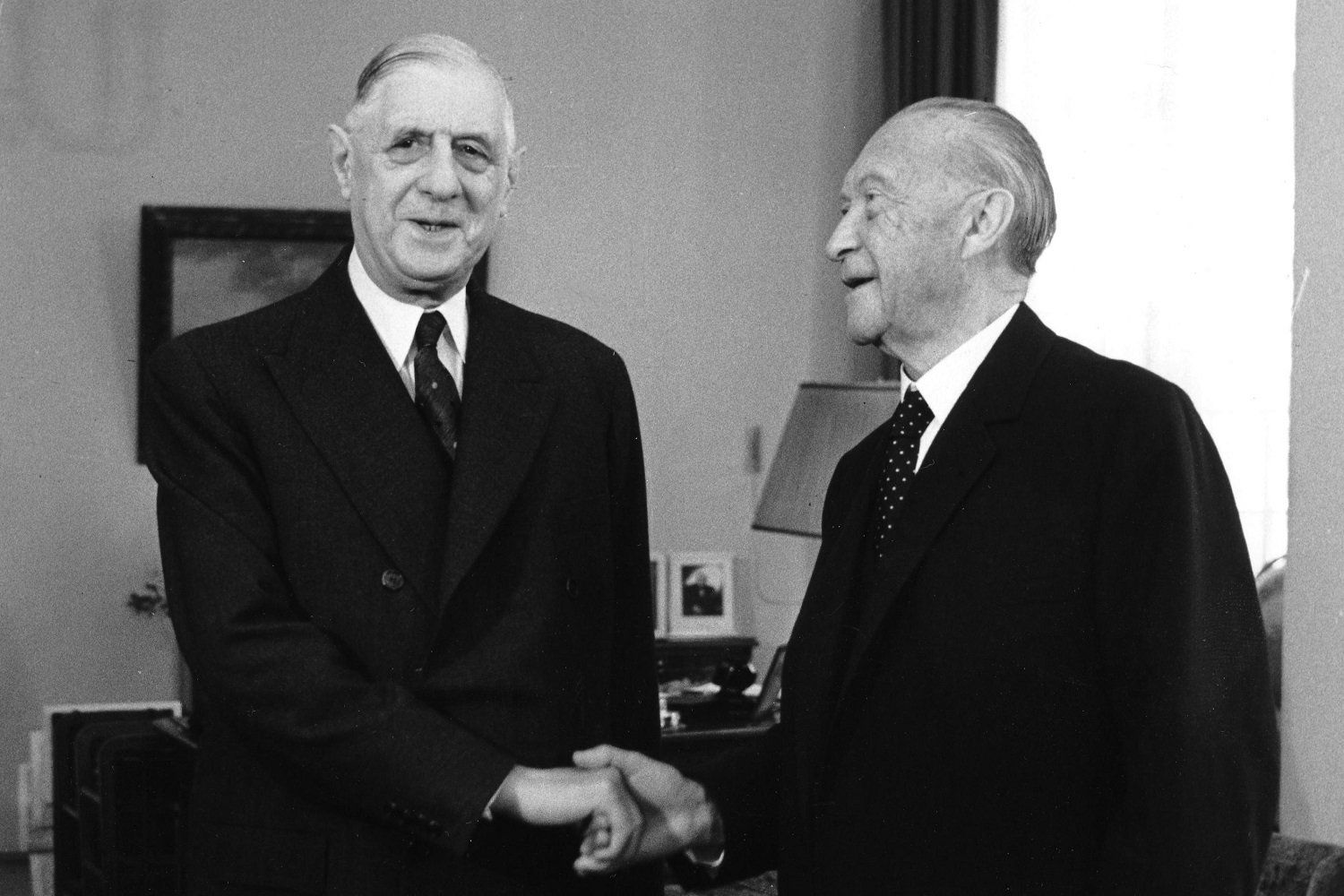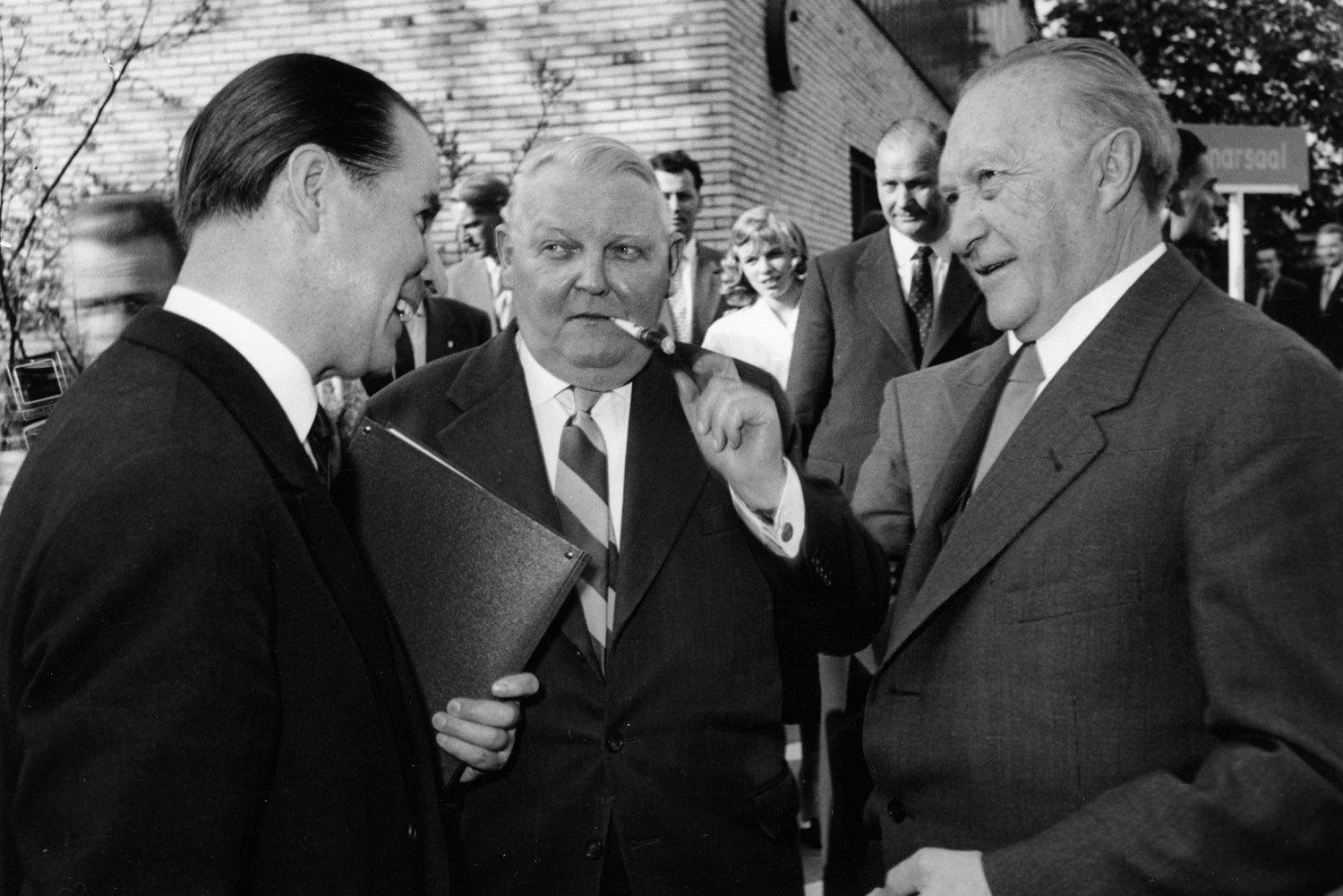Historical Research
The research in this section details the events that led to European integration starting in 1945 and follows their developments until 1966. Since the very beginning of the European integration process many different and contrasting forces were at play, each one pushing for a different outcome. In the aftermath of WWII Germany became the new battleground in the power struggle among world powers. The United States were at the forefront pushing for the integration of West Germany with the Western Alliance as the confrontation with the Soviet Union was escalating. The United Kingdom and France were also stakeholders in defining what the destiny of Germany and Europe should be and all actors involved had conflicting agendas. It is a fascinating story of national interests but also of an idealistic aspiration for reconciliation. It is difficult to underestimate how the final result was only made possible by a unique confluence of historical circumstances. As it evolved there was progress and there were setbacks. First it was the European Coal and Steel Community with a supranational pooling of essential industrial resources like coal and steel. And then, when it seemed that the ECSC countries were about to form a political union and defence community in a federal system, the project failed. Other ways needed to be found to keep this core of European countries close together. Economic integration was the answer, and the European Economic Community was born. The EEC became an unexpected success and while the workings of its institutional architecture were still being defined, the first Commission led by Walter Hallstein saw an opportunity to enhance its supranational nature. The showdown that followed made it clear that all member states were not ready to give up substantial parts of their sovereignty and that they were still strongly attached to the concept of the nation state. At the same time, they did cede parts of their sovereignty to constitute a hybrid institution that would comprise important supranational elements. In its subsequent incarnations, Europe kept this hybrid nature, represented at best by the institutionalisation of the European Council on one side and the expansion of the European Parliament’s prerogatives as well as establishing the single currency on the other.









